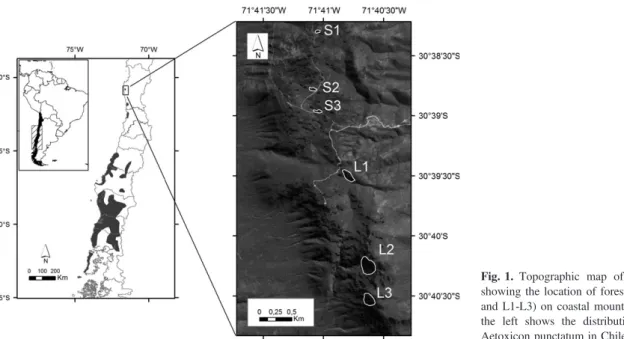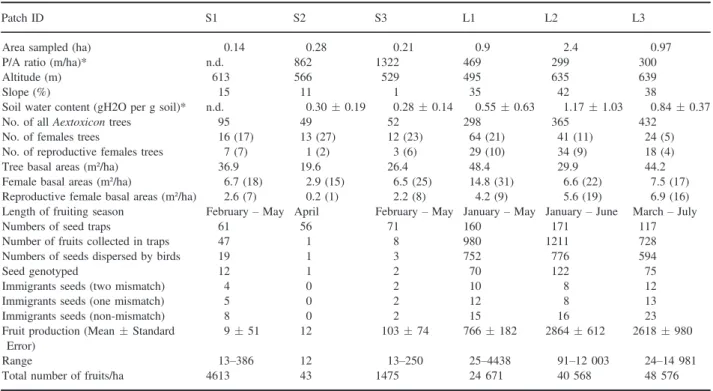Decomposing recruitment limitation for an avian dispersed rain forest tree in an anciently fragmented landscape
Texto completo
Figure


Documento similar
Faculties Courses Offered Research Areas 8 School of Life Sciences 13 M.
At the level of upstream regulation of GSK3α during LTP, its increased basal activity (and conversely, the elevated basal inhibition of GSK3β) may waive the requirement for a
In this paper, we generalize the result of Swan for a finite group to a p- periodic group F of finite ved which has a finite quotient whose a p-Sylow subgroup is elementary abelian
– Computes per-object cost using heuristics based on profiling data to assign each object to a memory tier – Greedy relaxation of the 0/1 multiple knapsack problem +
Measures of landscape structure and functional connectivity in the three landscapes for the four distance profiles of plant dispersal (short—5 m/medium—246
Here we use four abundance-based phylogenetic diversity metrics –mean phylogenetic distance (MPD), mean nearest taxon phylogenetic distance (MNTD), net related index (NRI), and
This indicates that in México there are two important biogeographic arid elements: the first is located in the Neartic region, and the second is restricted
CI (shaded area) frequency of young individuals (number of young observed in relation to size of flock) and adult female ratio (F/M) in Little Bustard non-breeding flocks (data